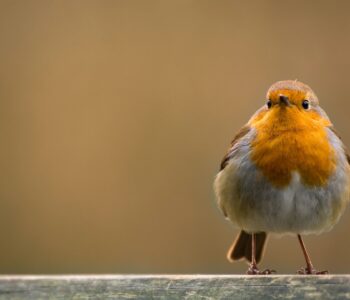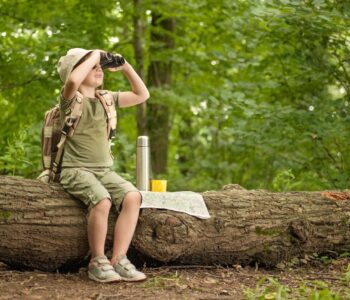 Birds
Birds
Fall migration is upon us!
Watching birds migrate is a great way to teach your kids about Fall and the changing seasons
 There is a chill in the air, the shadows are long and the daytime sky is the color of the deep blue feathers on a peacock. It is Fall and a favorite season for many. All of the changes that are occurring outside are exciting, beautiful and so visible!
There is a chill in the air, the shadows are long and the daytime sky is the color of the deep blue feathers on a peacock. It is Fall and a favorite season for many. All of the changes that are occurring outside are exciting, beautiful and so visible!
A regular topic of discussion in our home this time of year is fall migration. It’s one of the wonders of nature that always fascinates. It is an easy topic for you to explain the “why” and “how” of it all to kids. It is a simple way for you teach them about seasonal changes and the effects they have on nature, animals, and even people. Teaching the topic of migration to children enhances their powers of observation, which is an important skill they will need for scientific study. Accordintg to MSN Encarta, migration is the “seasonal or periodic movement of animals in response to changes in cliate for food availability, or to ensure reproduction. Migration most commonly involves movement from one area to another and then back again.
Some of the easiest animals to spot migrating, depending on where you live, are monarch butterflies and Canada geese. You can often hear the geese long before you can see them. You may also see many other species of birds congregating in groups as they pass through your neighborhood. Each animal you see has a story — a particular destination and a interesting lesson behind it. Below is a list of common animals you see migrating with links to either cool videos or information you can use to teach your children.
If you have interest in teaching your kids about migration, below is a list of animals that migrate. You can do research with your kids and discuss the different migration patterns with them.
Monarch butterflies
Canada Geese
Flickers
American Robins
Sandhill Cranes
Red-tailed hawks
Bald eagles
Turkey vultures
There are hundreds of animals migrating this time of year and some of the most amazing migrations are seen by very few people. Several of the more well-know ones are:
Hummingbirds
Blue whales
Caribou
Salmon
I hope you enjoy reading the information and researching the topic with your kids. Have I inspired to spend some time outside this week helping your kids spot migrating animals? If so, please take a moment share with me what you saw by posting to my comments page. Thank you!
Photo credit: © Galyna Andrushko | Dreamstime.com




